Archives
- 2018-07
- 2018-10
- 2018-11
- 2019-04
- 2019-05
- 2019-06
- 2019-07
- 2019-08
- 2019-09
- 2019-10
- 2019-11
- 2019-12
- 2020-01
- 2020-02
- 2020-03
- 2020-04
- 2020-05
- 2020-06
- 2020-07
- 2020-08
- 2020-09
- 2020-10
- 2020-11
- 2020-12
- 2021-01
- 2021-02
- 2021-03
- 2021-04
- 2021-05
- 2021-06
- 2021-07
- 2021-08
- 2021-09
- 2021-10
- 2021-11
- 2021-12
- 2022-01
- 2022-02
- 2022-03
- 2022-04
- 2022-05
- 2022-06
- 2022-07
- 2022-08
- 2022-09
- 2022-10
- 2022-11
- 2022-12
- 2023-01
- 2023-02
- 2023-03
- 2023-04
- 2023-05
- 2023-06
- 2023-07
- 2023-08
- 2023-09
- 2023-10
- 2023-11
- 2023-12
- 2024-01
- 2024-02
- 2024-03
- 2024-04
- 2024-05
- 2024-06
- 2024-07
- 2024-08
- 2024-09
- 2024-10
- 2024-11
- 2024-12
- 2025-01
- 2025-02
- 2025-03
- 2025-04
-
nuciferine mg Selective inhibitor of phosphodiesterase type
2019-12-04
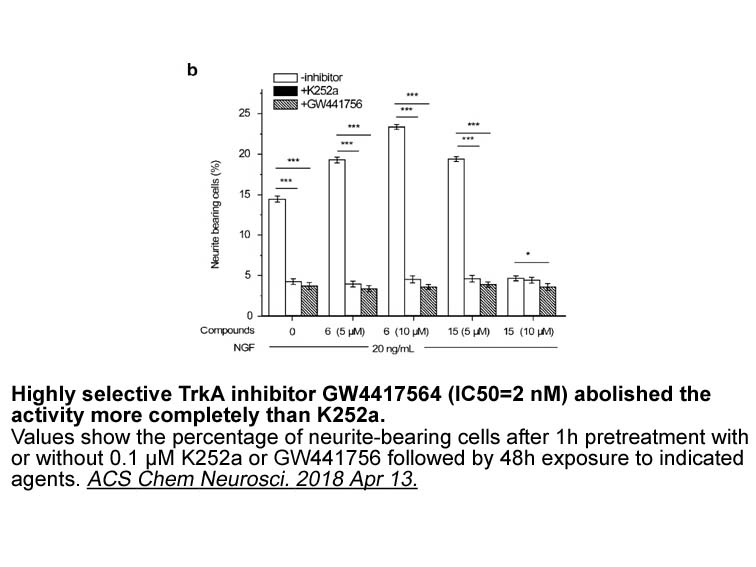
Selective inhibitor of phosphodiesterase type 5 (PDE5I) is commonly used for ED treatment. PDE5I exhibits its vasodilatory effect by inhibiting the degradation of cyclic guanosine monophosphate (cGMP), which relaxes the smooth muscle and allows increased blood flow for penile tumescence. Udenafil (D
-
Exogenous administration of POCs could theoretically
2019-12-04
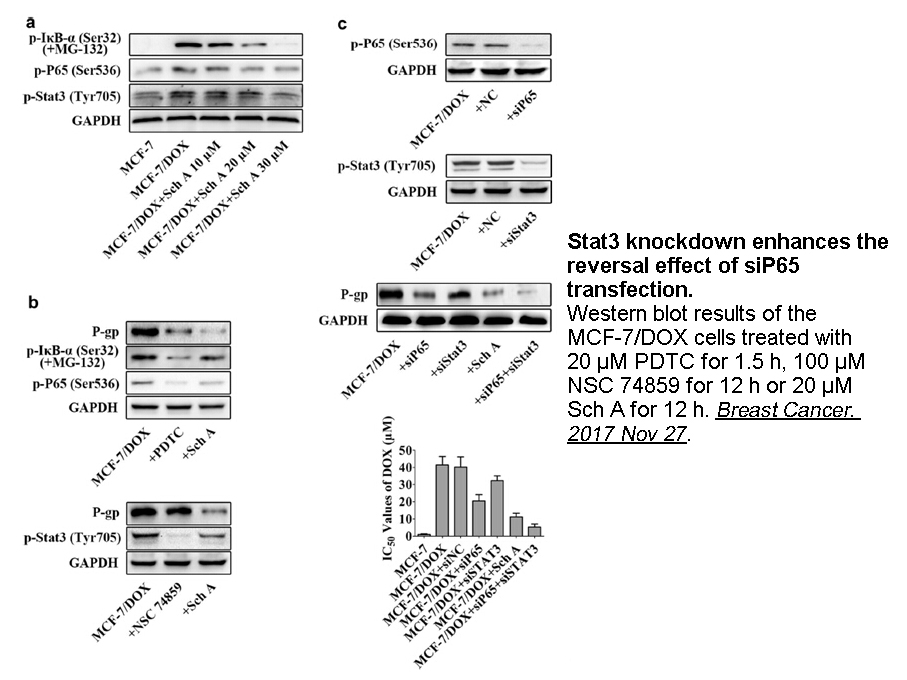
Exogenous administration of POCs could theoretically inhibit breastfeeding [69]; however, the evidence in this review does not generally support a negative impact on breastfeeding outcomes. Studies examining the FK 866 hydrochloride of POCs among postpartum women overall demonstrated no adverse eff
-
Prostaglandin E receptor subtype EP is a transmembrane G cou
2019-12-04
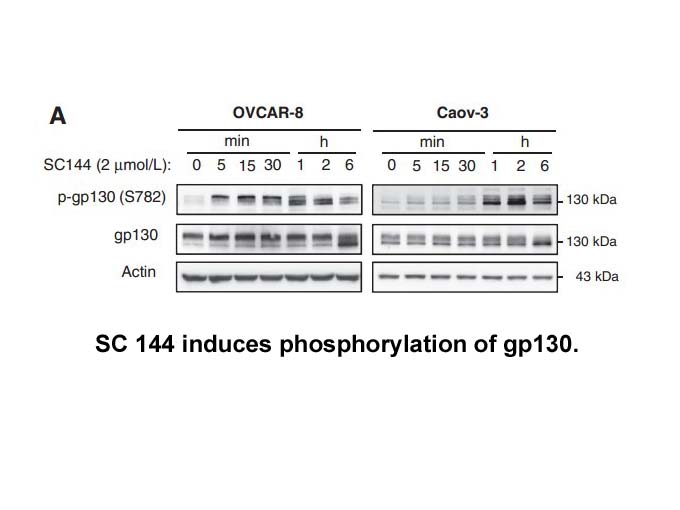
Prostaglandin E receptor subtype 4 (EP4) is a transmembrane G-coupled protein receptor activated by prostaglandin E2 (PGE2). EP4 activation exerts anti-inflammatory effects in adipose tissue by dampening the levels of inflammatory chemokines [12]. In the mouse, EP4 deficiency aggravates fragmentatio
-
This study had some limitations First
2019-12-03
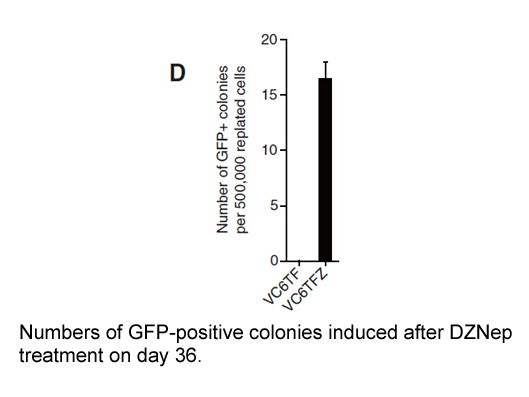
This study had some limitations. First, a small number of HP patients were enrolled because of the extreme rarity of this disease, which may have caused some selection bias. Yokoseki et al., found no increase in Th2 cytokines, such as IL-4, in IHP patients (Yokoseki et al., 2014). The sensitivity of
-
Lomerizine HCl In conclusion the magnitude of the associatio
2019-12-03
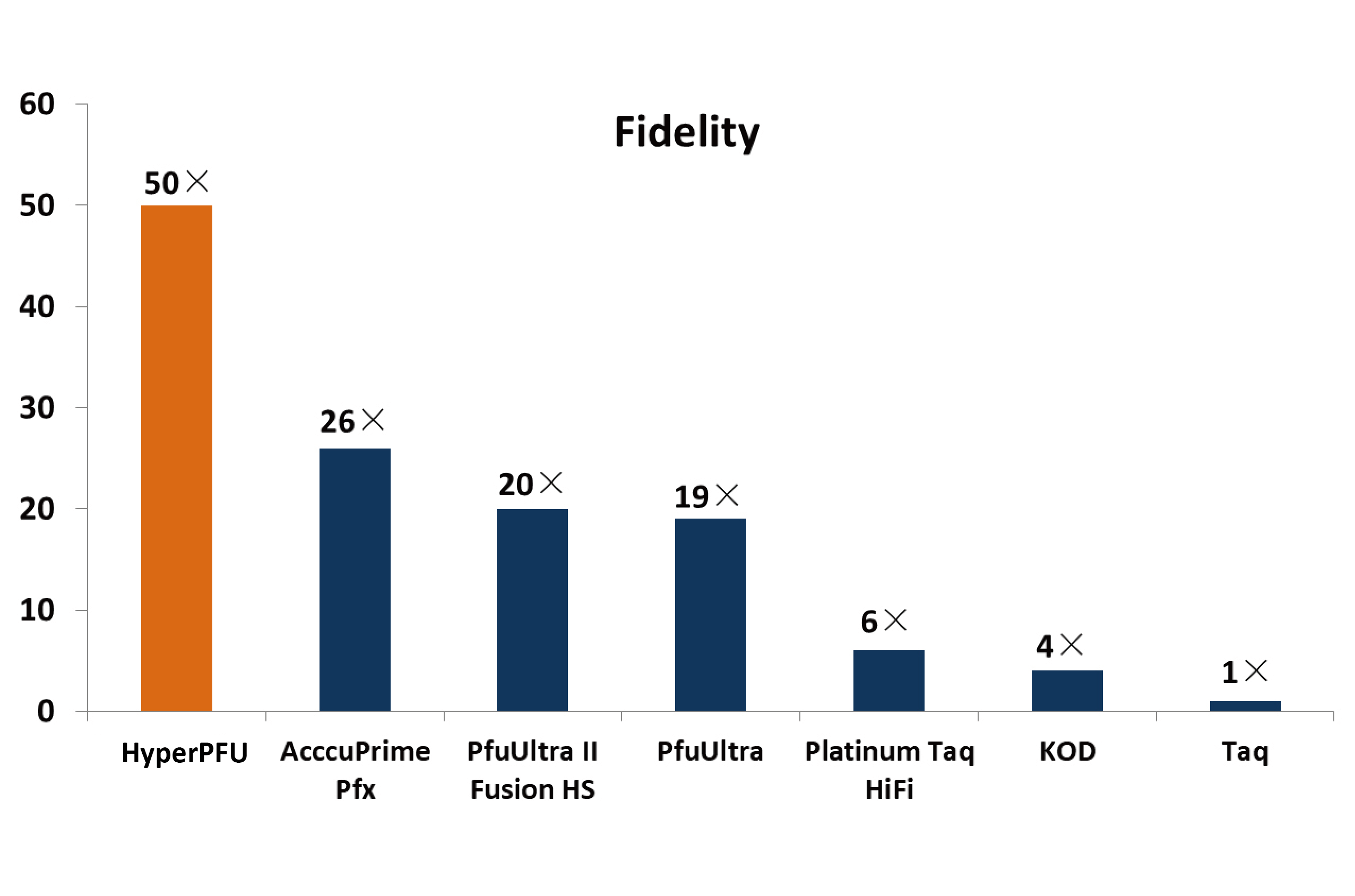
In conclusion, the magnitude of the association between prenatal exposure to MeHg and child neuropsychological development appears to be modified by polymorphisms in CYP3A7 and CYP3A5 genes in some of the populations studied. These results provide some support for the hypothesis that CYP3A genes may
-
Many countries in all over the world generate
2019-12-03
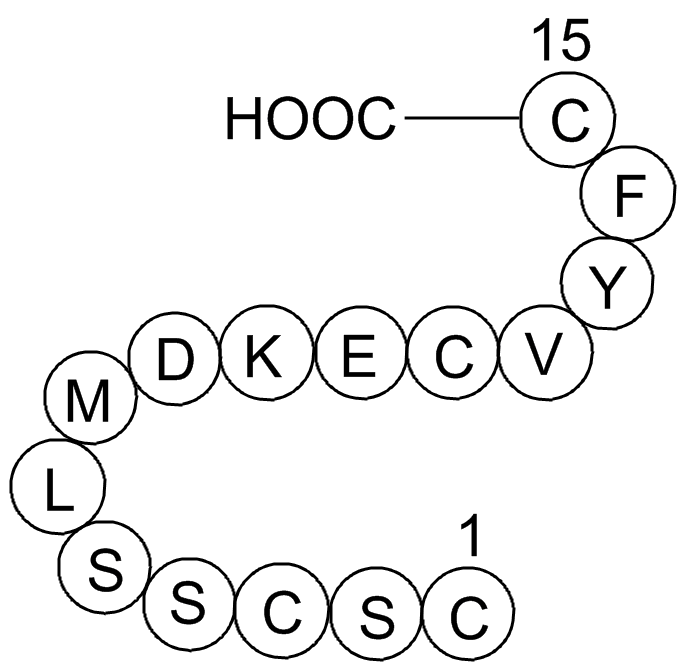
Many countries in all over the world generate a large amount of RHA from uncontrolled and controlled burning. RHA is a pozzolanic material due to this high percentage of SiO2 in RHA. Rice husk ash, as a mineral additive, is produced by burning rice husks, which are obtained in the rice milling indus
-
In our opinion the precise function of AE of S
2019-12-03

In our opinion, the precise function of AE of S. mansoni (Sm32) remains unclear, and accurate knowledge of the three dimensional structure of this enzyme would be valuable for a better understanding the molecular basis of many of its properties, including its role in the host-parasite interaction, a
-
Ursodiol br Regulation of cadherin switching The downregulat
2019-12-03
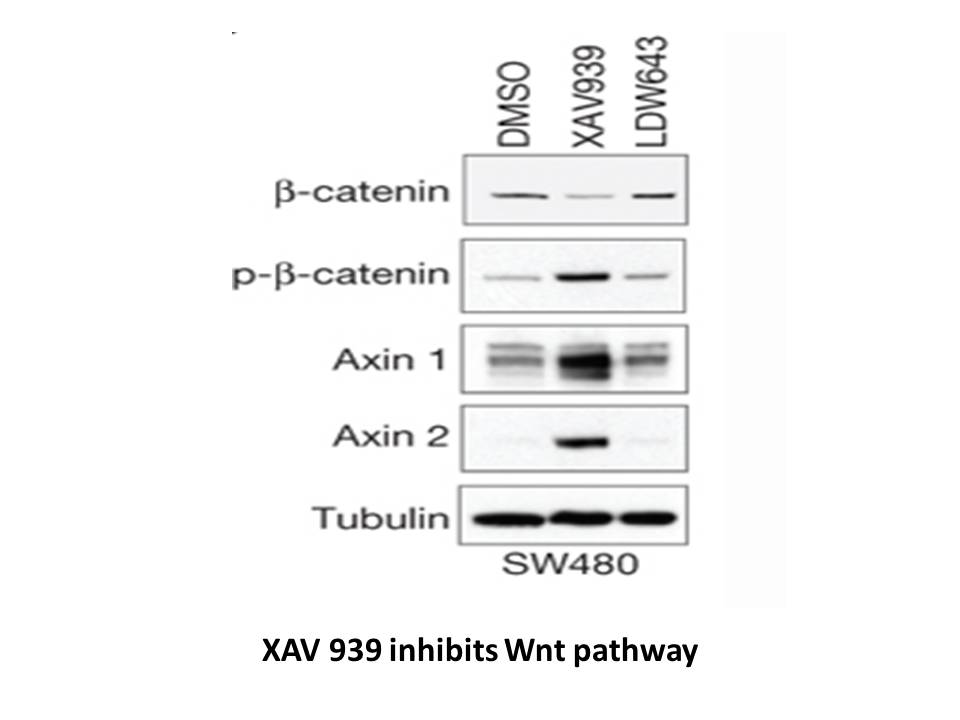
Regulation of cadherin switching The downregulation of E-cadherin during cadherin switching is induced by multiple mechanisms, including methylation of the E-cadherin promoter and signaling pathways that activate E-cadherin-suppressing transcription factors [[61], [62], [63]]. During the progress
-
With respect to the muscle compartment only low
2019-12-03
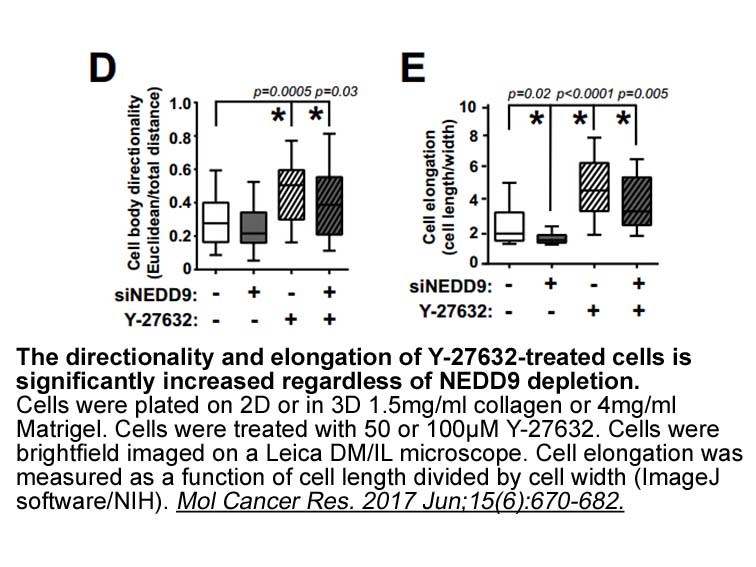
With respect to the muscle compartment, only low protein expression of ASB9 has been detected in healthy human skeletal muscle [as reported in the Human Protein Atlas (HPA)], whereas high levels of Asb5 protein expression are detected in mammalian skeletal muscle, which appears to be important in th
-
br The classical ubiquitination pathway Ubiquitination
2019-12-03
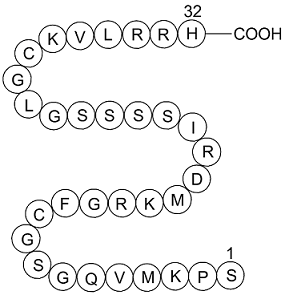
The classical ubiquitination pathway Ubiquitination is an enzymatic process that involves the addition of an ubiquitin protein to a substrate that usually becomes inactivated followed by degradation in the proteasome; however, several other functions have also been described. For the discovery of
-
br Experimental br Acknowledgments The work was supported in
2019-12-03
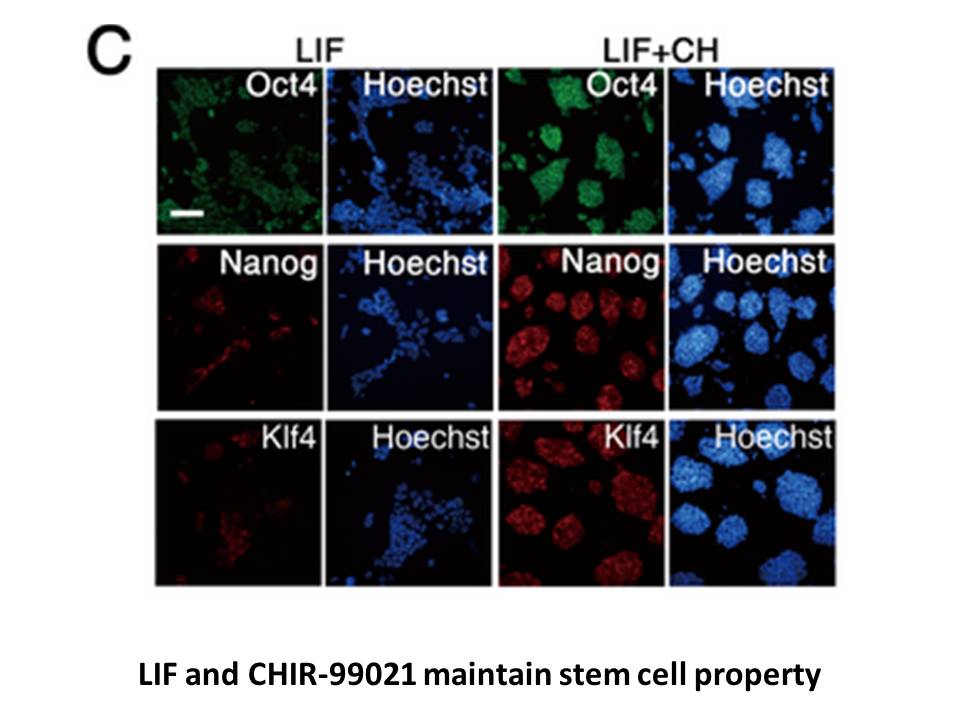
Experimental Acknowledgments The work was supported in part by the National Research and Development Plan (2017YFD0200506), the National Natural Science Foundation of China (21472062 and 31701820), 111 Project B17019, and excellent doctoral dissertation cultivation Grant from Central China Nor
-
channel modulator In essential hypertensive patients it is
2019-12-03
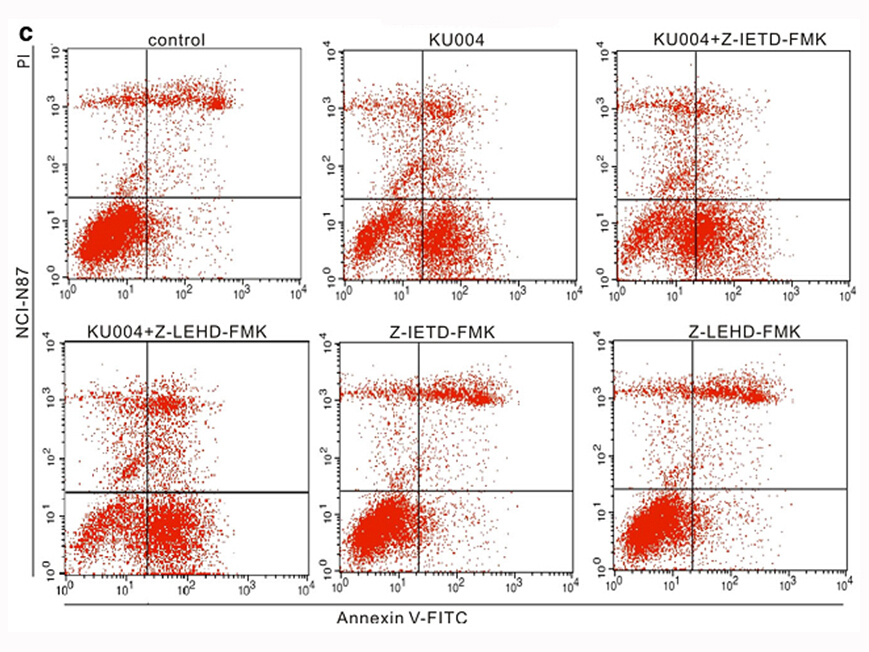
In essential hypertensive patients, it is known that the CB is enlarged (Habeck, 1986). In addition to morphological changes in the CB, hyperventilation was reported in essential hypertensive patients at resting conditions (Trzebski et al., 1982). Furthermore, CB is innervated by postganglionic symp
-
Concerning family A GPCRs although it has been
2019-12-03
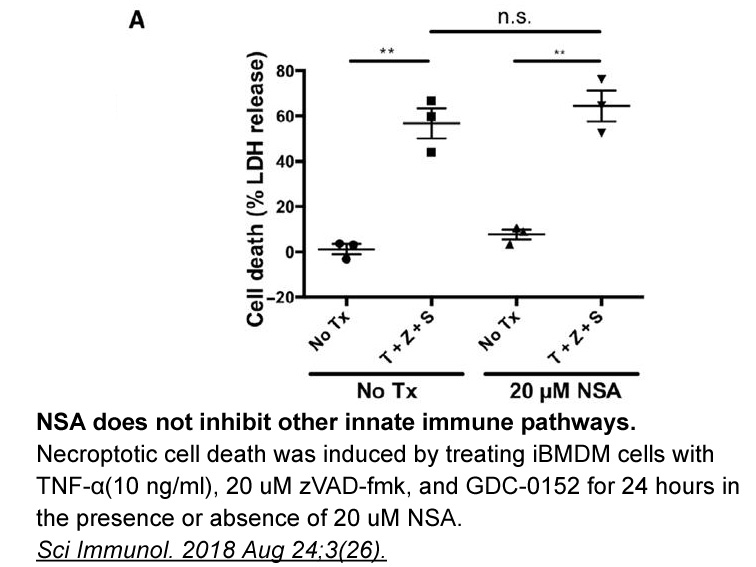
Concerning family A GPCRs, although it has been described that several receptors are able to operate as monomers (Arcemisbéhère et al., 2010; Bayburt et al., 2011; Chabre & le Maire, 2005; Ernst, Gramse, Kolbe, Hofmann, & Heck, 2007; Hanson et al., 2007; Kuszak et al., 2009; Whorton et al., 2007), e
-
br Four active site residues of
2019-12-03

Four active site residues of Δ1-KSTD1 are fully conserved in Δ1-KSTDs from different species (Supplementary Figure S2). These residues are Tyr-119, Tyr-487, and Gly-491 from the FAD-binding domain and Tyr-318 from the catalytic domain. The structure of the Δ1-KSTD1•ADD complex revealed that the hy
-
DDR was originally cloned by the group of
2019-12-03
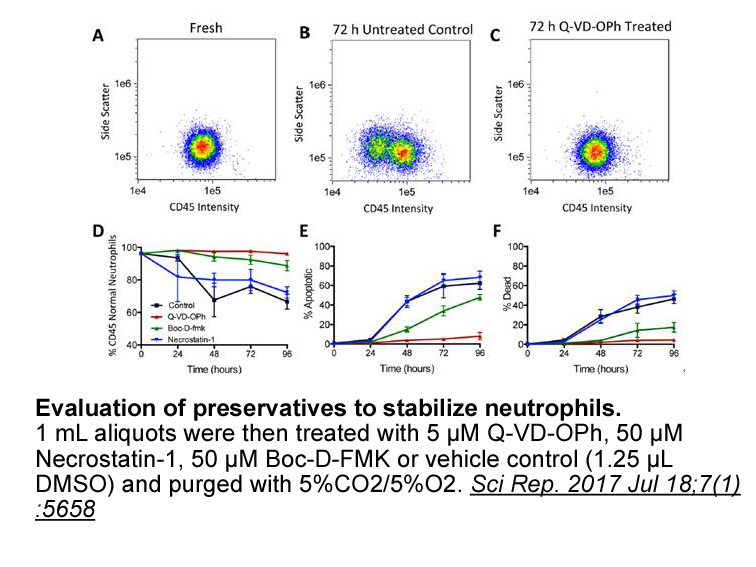
DDR1 was originally cloned by the group of Michele de Luca, at the time named TrkE. The Genoa-based research team identified the skin, and the keratinocytes in particular, as a major site of DDR1-binding activity [20]. DDR1 is also expressed in kidney, liver and lung (Fig. 2). The functional role of
15922 records 906/1062 page Previous Next First page 上5页 906907908909910 下5页 Last page